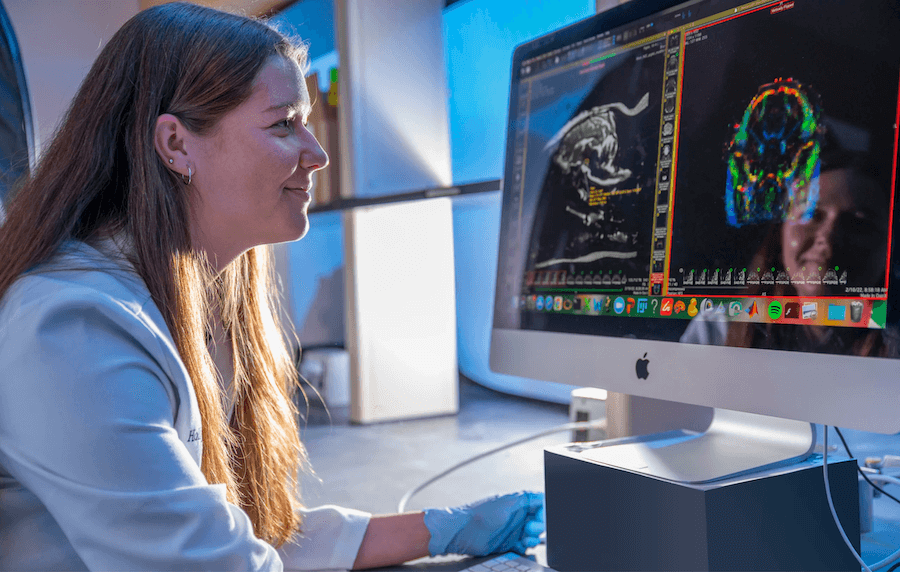His drinking water smelled like old bait-shrimp, and the Putnam County homeowner wanted Keith Fielder, the local University of Georgia Cooperative Extension agent, to tell him why. What they found swimming around in his well still hasn’t been identified.
Water quality specialists with the UGA Environmental Services Laboratory used a submersible camera to help identify the problem at the waterfront home on Lake Sinclair.
“As we lowered the camera, we noticed flashes coming by the lens,” Fielder said. “When we reached the bottom, something swam by the lens, stopped and then swam by again. We all looked at each other like ‘What in the world was that?’ When we looked at the tape later, they were everywhere.”
It turns out what they saw back in May 2006 was an unidentified isopod, similar to a small shrimp. They were being chewed up by the well pump, collecting in the filter and causing the smell and concern. A large crack in the well casing was found, too, which allowed water to flow in and maybe the creatures.
Wire traps baited with bits of fresh fish were used to catch some of the isopods. Eleven specimens were caught and sent to experts at universities and research facilities across the U.S. Scientists at Penn State University and Texas A&M University at Galveston identified the organism as an asellid isopod. But it didn’t match any known species.
George Wilson, a scientist at the Center for Evolutionary Research at the Australian Museum of Natural History, determined the organism didn’t match any specimen in any catalog of known asellid. Both female and male organisms were identified of what was determined to be an unknown species of asellidae and possibly a new genus.
Back in Georgia, Fielder and other UGA Extension agents continue to use the camera as a diagnostic tool to solve well mysteries.
“We’ve had a lot of fun with this camera and we’ve seen a lot of interesting things,” Fielder said. “It was really neat to find the isopod. The more we use it, the more unusual things we will find.”
The UGA College of Agricultural and Environmental Sciences provides access to five cameras stationed across Georgia, one in each of the four UGA Extension districts and another at the AESL in Athens. UGA Extension agents have access to the cameras and the training to operate them.
The brainchild of the late Paul Vendrell, a CAES water quality program coordinator, the concept grew from a camera fishermen use for scouting. Similar cameras are also used by professionals in the drilling industries.
“Vendrell developed the methodology to use it in an extension environment to help homeowners,” he said. “It is a simple, efficient, practical tool and has become a very real way of helping people.”
The camera has an automatic depth-tracking feature, which helps precisely locate problem areas. In addition to isopods, the camera has pinpointed faulty sub-surface geology, well casing failures, surface water intrusion and bad well equipment.
“We find all kinds of stuff down in wells,” Fielder said. “We find some pretty well-established bacteria colonies that link and chain up into bio-films. They are almost sponge-like and attach to walls and casings. Folks just don’t want to see that down their wells.”
Fish have been found in some wells and tree roots are a common find. Pieces of metal or trash have also been found, along with cell phones, hair dryers and dead rodents.
“Most people don’t care to know they have stuff swimming in their drinking water,” Fielder said. “The more wells we drop a camera down, there is no telling what we will find.”



